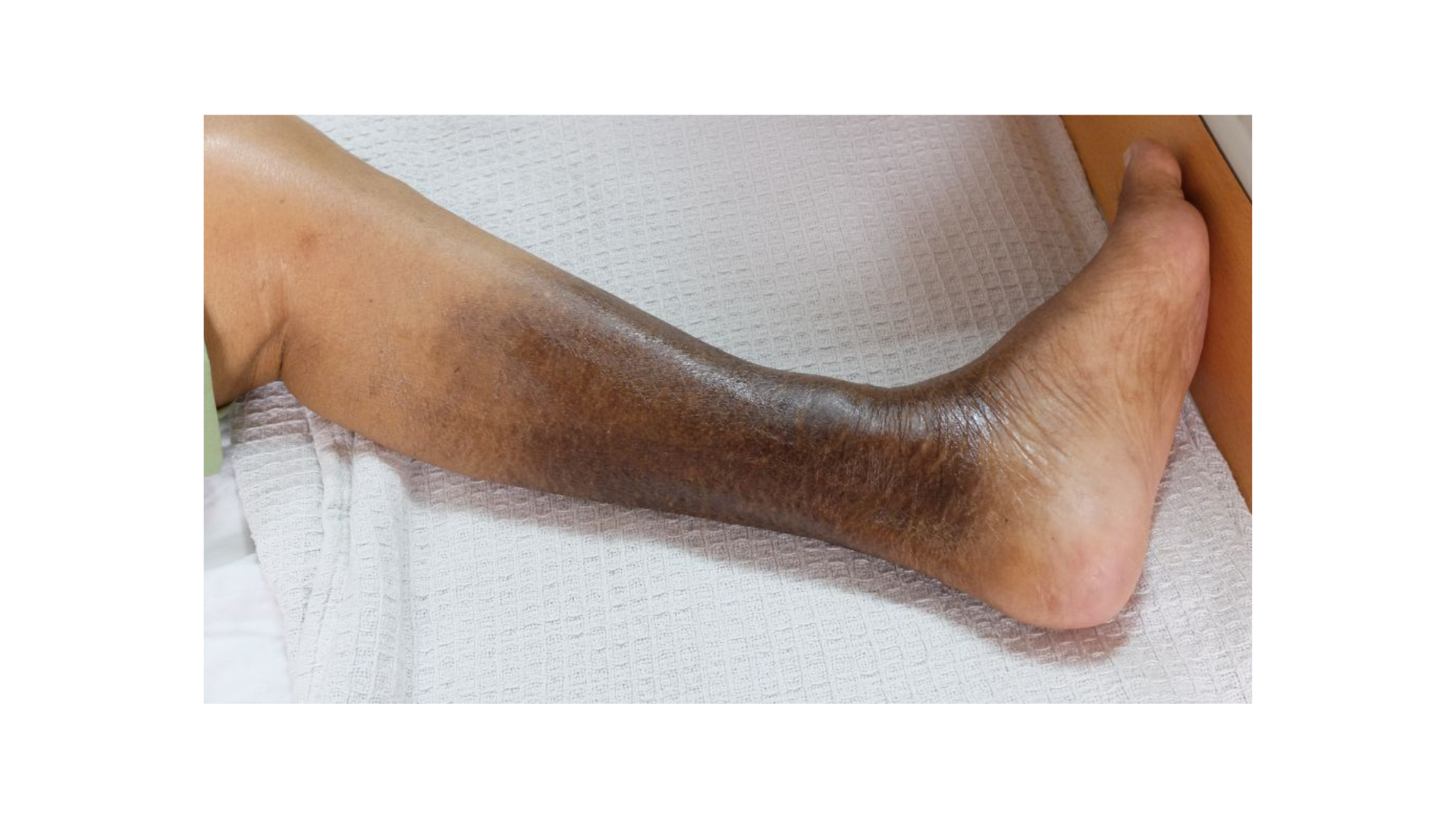Infection Control and Wound Management: Important Terms to Know
December 31, 2020
Bioburden: Bioburden is the number of microorganisms in a wound, and a high bioburden can cause delayed wound healing.
Biofilm: Biofilms are usually composed of mixed strains of bacteria, fungi, yeasts, algae, microbes, and other cellular debris that adhere to the wound surface.
Epibole: Epibole refers to rolled or curled-under closed wound edges. These rolled edges are thickened epidermis that may be callused, dry, scaly, and/or hyperkeratotic. When epibole is present in a wound, it signals to the body that the wound has healed, even though the wound remains open. Epibole must be resolved to allow the wound to close.
Hard-to-heal wound: A hard-to-heal wound is a wound that fails to heal with standard therapy in an orderly and timely manner. This term has been used as a replacement for the term “chronic wound” because it is believed that “chronic” does not inspire a sense of urgency in treating these wounds.
Hypergranulation: Hypergranulation is also known as overgranulation and/or proud flesh. It is characterized by red or pink granulation tissue that fills the wound bed beyond the height of the undamaged skin.
Hyperkeratosis: Hyperkeratosis is a thickening of the outer layer of the skin that contains a tough, protective protein called keratin. This is part of the skin's normal protection against rubbing, friction, and pressure that causes calluses and corns on hands and feet.
Non-viable tissue: Non-viable tissue is also referred to as necrotic or devitalized tissue. This tissue is avascular and has lost normal cellular structure and physical properties required of living tissue. Non-viable tissues consist of necrotic tissues, slough, and (some) eschar that must be removed to allow wound healing to take place.
Periwound: The periwound area is the tissue 4cm outside the wound's edge, but it can extend beyond this limit if outward damage to the skin is present.
Planktonic bacteria: Planktonic bacteria are free-floating bacteria that are continuously shed in fully mature biofilms. These bacteria can disperse and attach to other parts of the wound bed or to other wounds, thus forming new biofilm colonies.
Wound hygiene: Wound hygiene refers to a four-step regimen designed to clean and decontaminate wounds to overcome barriers to healing and encourage closure. The steps are cleansing, debridement, refashioning edges, and dressing the wound.
The views and opinions expressed in this blog are solely those of the author, and do not represent the views of WoundSource, HMP Global, its affiliates, or subsidiary companies.












Follow WoundSource
Tweets by WoundSource